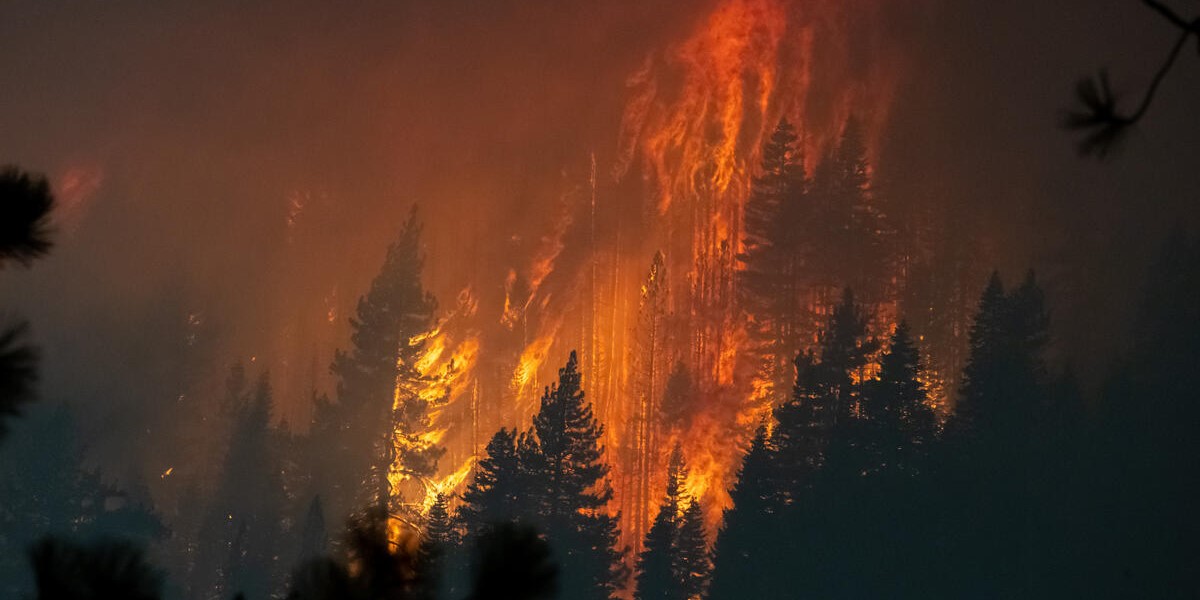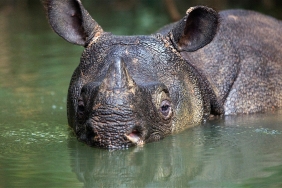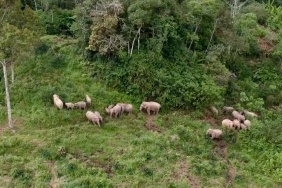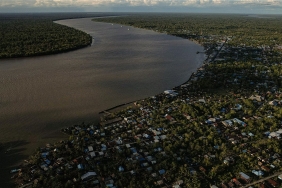WAITING FOR THE CERTAINTY OF SOLVING THE HAZE DISASTER
By Syamsidar
Every year, for seventeen years, smoke has enveloped Riau Province. Until now, there has been no real solution to forest and land fires and the haze they cause. Every dry season, hundreds of hotspots are detected in Industrial Plantation Forests (HTI), oil palm plantations, Production Forests, community lands, and even conservation and protected forest areas. These fires consume hundreds of hectares of land and forests every year, causing smoke that surrounds almost all corners of Lancang Kuning Earth.
Worse still, forest and land fires often occur in peat areas that have flammable properties in the dry season. The organic layers of peatland store embers that are not visible on the surface, but still emit smoke and if blown by the wind will reignite.
Riau has been shrouded in smoke since early February 2014. The smoke thickened day by day, causing disruption to residents' activities due to the dangerous air quality of the smoke particles. For the first time, schools were closed to prevent students from inhaling the hazardous air. In the past month, more than 10,000 Pekanbaru residents have suffered from Upper Respiratory Tract Infections (URTIs) due to inhaling unhealthy air. This number does not include other districts and cities in Riau Province.
Fire Spots Observed in Peat Areas
According to WWF monitoring throughout February 2014 in peat areas detected 2370 hotspots, while for March 11, 2014 alone monitored 499 hotspots in this area. This number gives an indication of why the haze is getting thicker every day in Riau Province. This is despite the fact that peatland is a moratorium area, meaning that no clearing activities are allowed in the area. In the same period, 188 hotspots were detected in forest areas included in the moratorium. Who is at fault? Why can fires occur in this area?
Riau has 4 million hectares of peat forest areas, one of which is the Giam Siak Kecil forest block with a peat depth of more than 5 meters. The Giam Siak Kecil peat forest is a global carbon reserve. Cutting down trees or damaging the soil will cause carbon emissions that have an impact on global climate change.
Peat is a type of soil formed from the accumulation of half-decayed plant remains. Therefore, it has a high organic matter content. Peat is formed when decaying plant parts are inhibited, usually in swampy areas, due to high acidity or anaerobic conditions in local waters.
Peat forest areas should ideally be waterlogged throughout the year. Unfortunately, the owners of acacia plantation concessions or oil palm plantations build canals to drain these wet areas. The canals cause the peat to dry out and burn easily during the dry season. Peat fires usually spread below the peat surface, making it difficult to extinguish the fire.
Peatland and forest clearing are the largest sources of greenhouse gas (GHG) emissions in Indonesia. Emissions from peatlands account for about 45% of Indonesia's current greenhouse gas emissions. For the forestry sector, emissions account for more than 35%. The greatest GHG emission reduction potential comes from reducing deforestation and rehabilitating damaged peatlands.
Smoke Paralyzes the Pulse of Riau's Economy
This year's haze disaster is the worst in five years. The thick haze that leaves visibility at only a few hundred meters is endangering traffic, both air and river. In the past two weeks there have been several flight cancellations and even the closure of Sultan Syarif Kasim II airport, Pekanbaru.
""From morning until now, at 12:00 WIB, no plane has dared to land,"" said SSK II Airport Duty Manager Hasnan. He said, smoke due to land fires made visibility on the SSK II Airport runway only 300 meters at 09.30 WIB. Poor conditions continued until noon. Daytime visibility at 12.00 WIB rose slightly to 600 meters. However, this condition remains dangerous because the minimum safe limit is 1,000 meters. (Quoted from Antara Riau, March 12, 2013).
The delay for passengers to reach Pekanbaru or vice versa has caused material losses felt by the community. Some flights were diverted to land at airports in Padang or Batam. People were forced to lose in terms of time and money. This diversion was also not smooth because the accumulation of passengers occurred in the transit city.
The Riau Smoke Mitigation Task Force, which consists of various related agencies including the TNI and Polri, has made every effort to extinguish fires in several burned areas. Several land burners have been arrested, even recently the Task Force managed to arrest a TNI officer, Sergeant Major Sudigdo as the brain of the perpetrators of encroachment in the Giam Siak Kecil - Bukit Batu Biosphere Reserve area. Great appreciation should be given to the officers for their efforts to extinguish the fires so that the smoke that envelops Riau will soon disappear.
But the most important thing is how the government can ensure that the current forest and land fires do not happen again in the future. This is the hope of the people of Riau who crave clean air throughout the year. For this reason, the government must thoroughly investigate cases of land fires that occur and strictly sanction the punishment of forest burners, whether individuals or corporations.
*The writer is the Communications Manager of WWF Indonesia, based in Pekanbaru, Riau.





